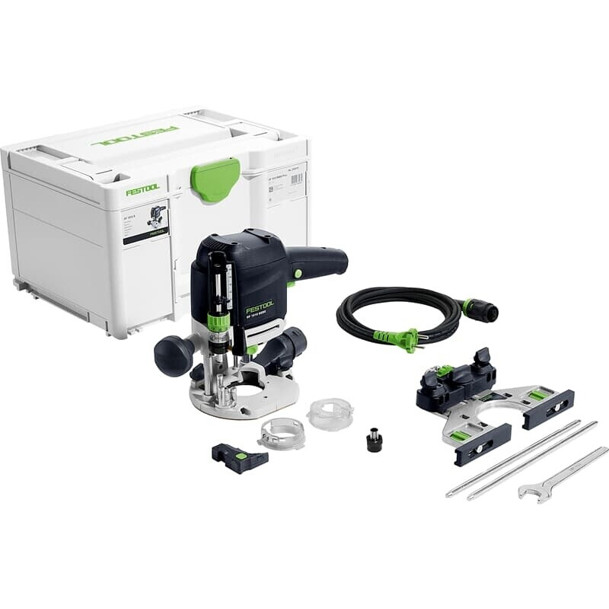The Ultimate Guide to Wall Chasers with Vacuum Cleaners: Efficiency Meets Cleanliness
On the planet of construction and remodelling, precision and cleanliness are paramount. Anyone knowledgeable about home enhancement understands that remodellings often require making cuts into walls for numerous factors, from setting up electrical avenues to pipes. This is where a wall chaser, complemented by a vacuum cleaner, comes into play. Combining these two tools not only enhances the quality of work but also makes sure that the office remains tidy. In this comprehensive guide, we will explore the advantages of utilizing a wall chaser with a vacuum cleaner, provide practical pointers for usage, and respond to often asked questions.
What is a Wall Chaser?
A wall chaser is a specialized tool designed to cut narrow grooves into walls to accommodate electrical conduits, pipes, or insulation. Elektrohobel Test includes 2 parallel diamond blades that take the wanted groove to produce a clean channel for positioning. The outcome is a smooth surface that enhances the general aesthetic of an area.
Advantages of Using a Wall Chaser with a Vacuum Cleaner
| Benefits | Description |
|---|---|
| Lowered Dust Accumulation | Utilizing a vacuum cleaner connected to the wall chaser decreases dust, boosting presence. |
| Tidy Workspace | By removing debris as you cut, you preserve a cleaner space, lowering cleanup time later on. |
| Increased Safety | Dust and debris accumulation can position health risks; a vacuum assists keep the air cleaner. |
| Enhanced Tool Longevity | Lowering dust direct exposure can extend the life of both the wall chaser and vacuum. |
| Improved Work Efficiency | Operating in a cleaner environment permits faster and more precise cutting. |
How to Use a Wall Chaser with a Vacuum Cleaner
Tools Required
- Wall Chaser
- Vacuum Cleaner (preferably with a dust collection attachment)
- Safety Goggles
- Dust Masks
- Measuring Tape
- Pencil
- Level
Step-by-Step Guide
Preparation:
- Measure the area where you mean to produce the groove and mark it clearly with a pencil. Use a level to guarantee precision.
Setup:
- Attach the vacuum to the wall chaser if it comes with a dust collection function. This setup is vital to prevent dust accumulation throughout cutting.
Security First:
- Wear security goggles and a dust mask to secure against dust and debris.
Cut the Groove:
- Start the wall chaser along the significant line. Move it steadily and slowly for an even cut. Keep an eye on the vacuum collection to make sure optimal dust elimination.
Check Depth:
- After each cut, check the depth and width of the groove to ensure it fulfills your requirements.
End up:
- Once done, shut off the vacuum and wall chaser. Tidy the workspace and examine if any staying dust exists.
Tips for Effective Use
- Use the Right Blade: Ensure the diamond blades appropriate for the kind of wall material (brick, concrete, drywall) you are working with.
- Preserve a Steady Hand: Keeping the tool consistent will result in a cleaner cut and less possibility of damaging the wall.
- Regular Cleaning: Empty the vacuum regularly during the work process to make the most of suction effectiveness.
Popular Wall Chaser Options
When picking a wall chaser, a number of alternatives are readily available on the market. Below is a comparison of 3 popular wall chasers.
| Model | Power (Watts) | Blade Diameter | Functions | Price Range |
|---|---|---|---|---|
| Makita SG1251J | 1200 | 125mm | Variable speed, long lasting style | ₤ 200 - ₤ 250 |
| Bosch GWS13-50VSP | 1350 | 125mm | Electric brake, soft start | ₤ 220 - ₤ 270 |
| DeWalt DWE575SB | 1500 | 125mm | Integrated dust management, light-weight | ₤ 280 - ₤ 320 |
Regularly Asked Questions (FAQs)
1. What kinds of products can I cut with a wall chaser?
Wall chasers can cut through various products, consisting of drywall, masonry, and even concrete, depending upon the blade type utilized.
2. Is a wall chaser essential if I currently have a regular angle mill?
While an angle mill can make cuts, a wall chaser is particularly designed for producing accurate grooves and provides better control and dust collection.
3. Can I use any vacuum cleaner with my wall chaser?
While most wall chasers can deal with standard vacuum, it's finest to use a vacuum geared up with HEPA filters for optimal dust control.
4. How deep can a wall chaser cut?
The majority of wall chasers can produce grooves approximately 30mm deep, however this can differ depending upon the particular design and the type of blade used.
5. Is it safe to utilize a wall chaser without a vacuum?
While it's possible to utilize a wall chaser without a vacuum, it is not suggested. Dust can collect rapidly, lowering visibility and increasing health risks.
Using a wall chaser in combination with a vacuum cleaner enhances the efficiency and tidiness of any renovation project. By investing in the right tools and following best practices, individuals can attain professional-quality results while keeping their office neat. Whether for individual tasks or professional endeavors, understanding how to utilize a wall chaser with a vacuum efficiently can make all the difference in the quality of work produced. Accept the technology of today to guarantee your next wall groove is both clean and precise!

